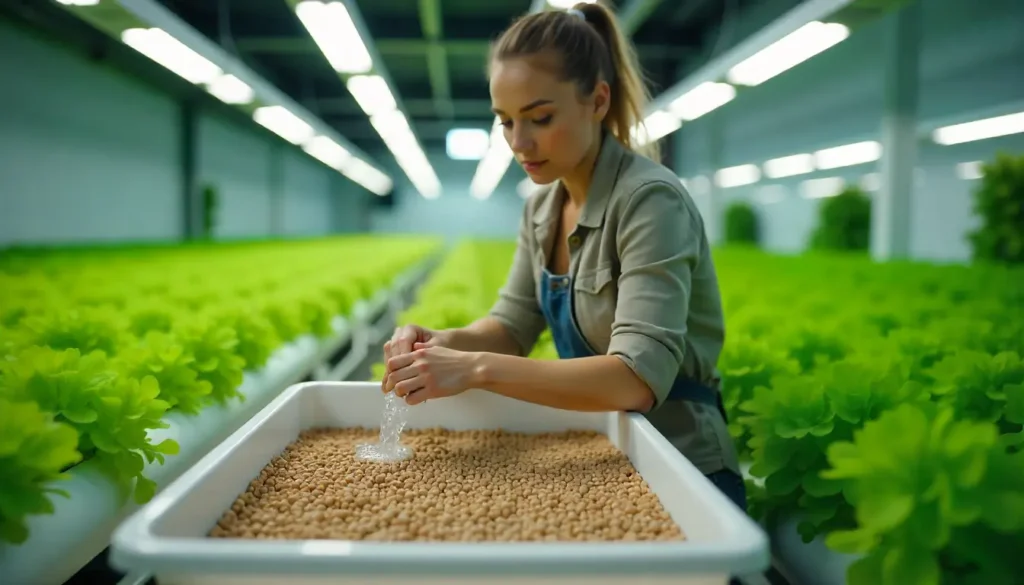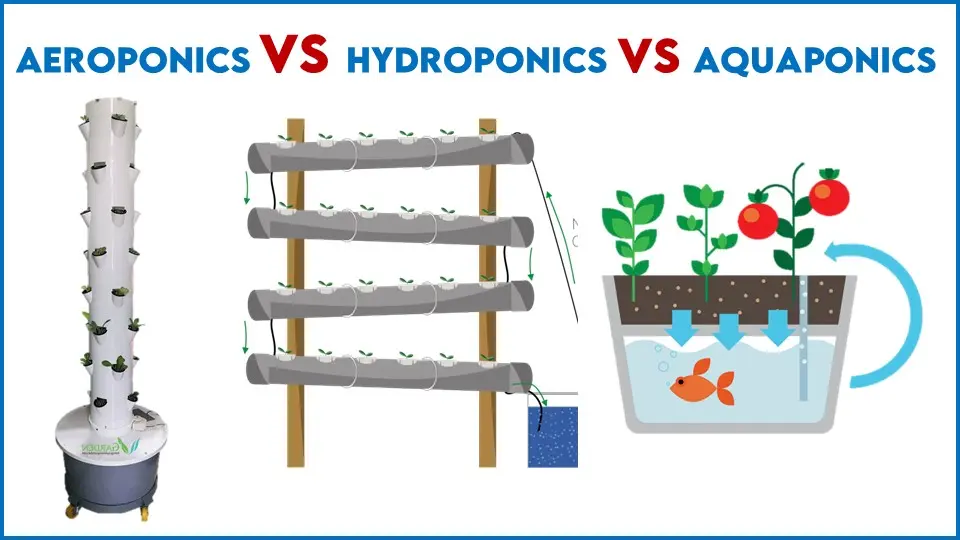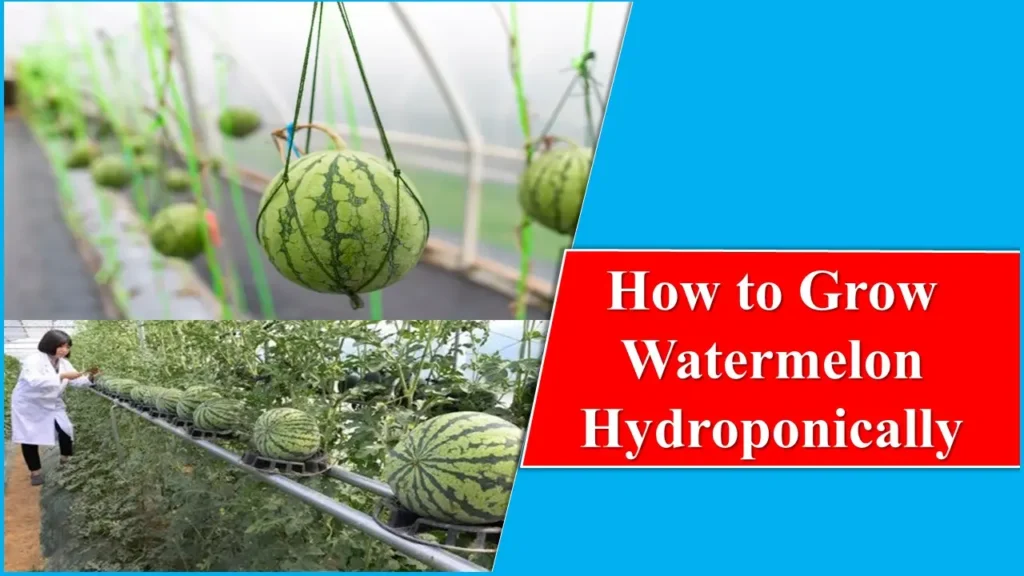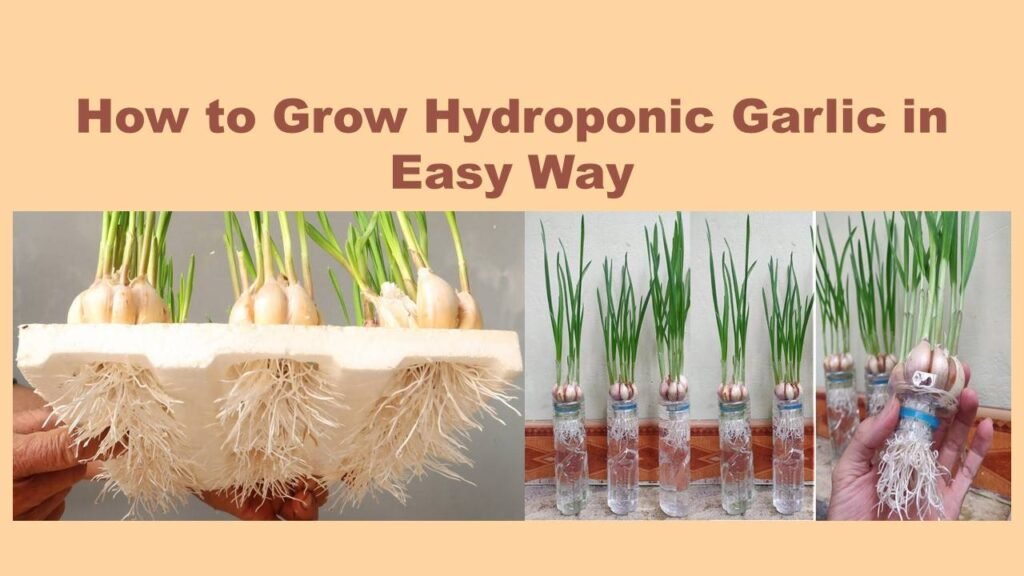Can Mushrooms be Grown Hydroponically: Easy & Quick Guide
“Nature alone is antique, and the oldest art a mushroom”
Can Mushrooms be Grown Hydroponically? Many of you are not aware of the answer to this question. So, in this article you all got to know about raising of mushrooms through hydroponics. Mushrooms are among the largest fungi that are considered as one of the highly nutritious, low-calorie foods with proteins, vitamins, minerals and a natural source of food and medicines. They are a fleshy fungus having a stem, cap and gills underneath the cap. Being a fungus, they don’t need expensive grow lights because they don’t lead to photosynthesis for making food. They represent a major and untapped potent source of many pharmaceutical products.
Due to the presence of plant sterol i.e. ergosterol (precursor of vitamin D) in it, it is considered a rich source of vitamin D. The mineral salt content present in mushrooms is superior to that of meat and fish and nearly two times more than that of common vegetables. Since for a developing nation like India, progress in mushroom cultivation is a boon for generating employment, it also contributes in 3 important ways by producing healthy food, reducing environmental pollution and manufacturing nutraceuticals. The conventional method of raising mushrooms is susceptible to diseases and extreme weather adversities therefore, hydroponically grown mushroom is the solution.
Mushroom Farming: Significance
Owing to the advantageous nature of mushrooms, farmers and many companies are already cultivating mushrooms on a large scale. Some of the primary advantages include:
High in Nutritive Value-
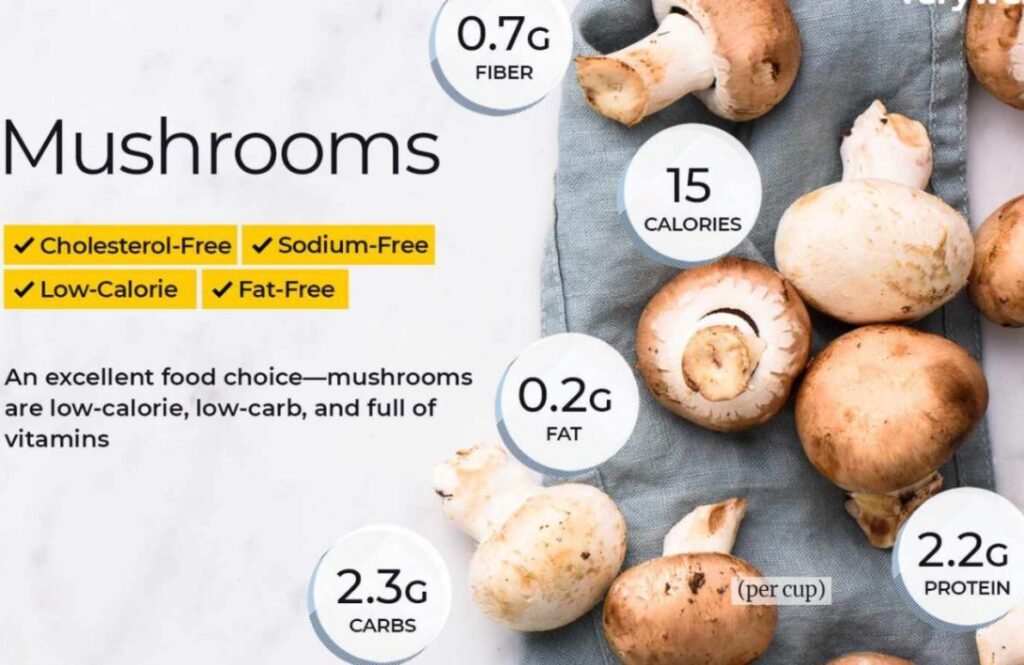
Since it contains high protein (30% by weight), less fats and carbohydrates, it is considered a good food for people who are suffering from hypertension and diabetes.
Reuse of farm residues–
The better utilization of paddy straw and other farm residues can be done if used as substrates for growing mushrooms which is a good manure enriched with nutrients. In this way, it helps in agro waste degradation.
Creates additional income-
Any farmer can do mushroom cultivation during his leisure hours so as to increase his income. For example, in Panipat district of Haryana state , Naresh Kumar is one among many farmers who use paddy straw for making the compost to grow mushrooms which has ended the problem of stubble burning in the block.
Solves unemployment issues-
Considered as a profitable venture for persons interested in self employment because of minimum capital investment. It also generates employment specially for rural women and youth to raise their social status.
A new food product –
Known as the “ Meat of the Vegetable World” , commercial units/companies are promoting new products made from mushrooms like canned mushrooms, soups, papads and pickles etc. The absence of starch in it makes it an absolute food for diabetic patients or for persons who want to lose fat.
Curative properties-
Romans perceived mushrooms as “ Food of the Gods” because it acts as a source of strength for warriors in battle. Today also, it is considered as the “Elixir of Life”. It is helpful in reducing the likelihood of cancer invasion and in treatment of many diseases like parkinson, alzheimer, hypertension and high rise of stroke.
For example, Ganoderma mushroom, also called the mushroom of immortality, has been used by chinese people as a traditional medicine to treat hypertension and carcinoma as well as to improve health and life longevity.
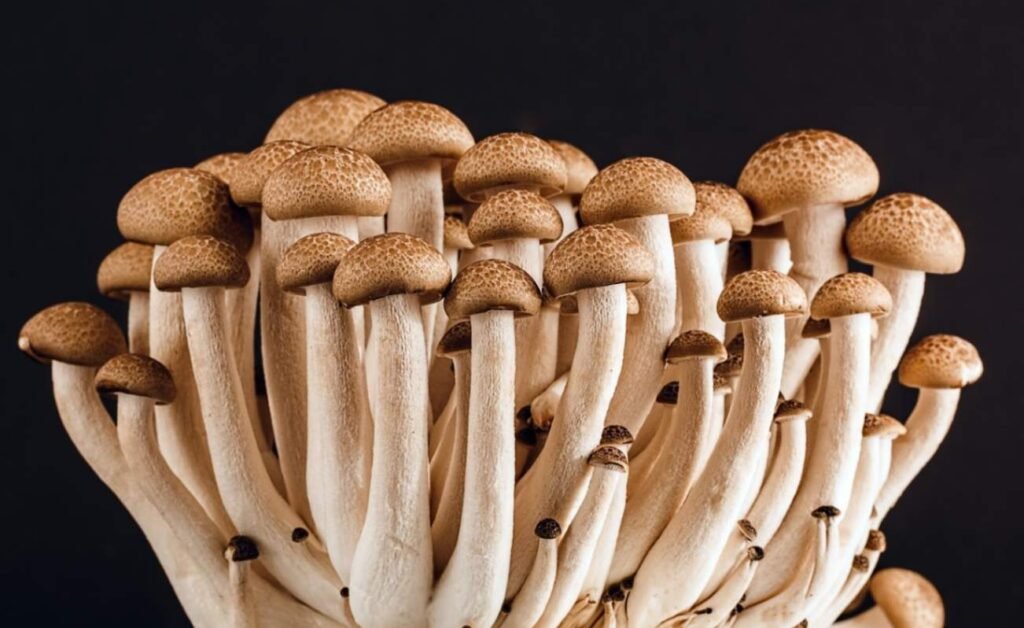
Raising of Mushrooms:
The general /conventional method for cultivating mushrooms includes the basic requirement of manure/compost, spawns, and the right temperature and humidity (80-90%) which should be appropriately maintained for a good harvest. These conditions are somewhat difficult for a farmer or a company to sustain periodically and also the adaptability to adverse conditions is low.
The following six steps are included in the traditional cultivation of mushrooms:
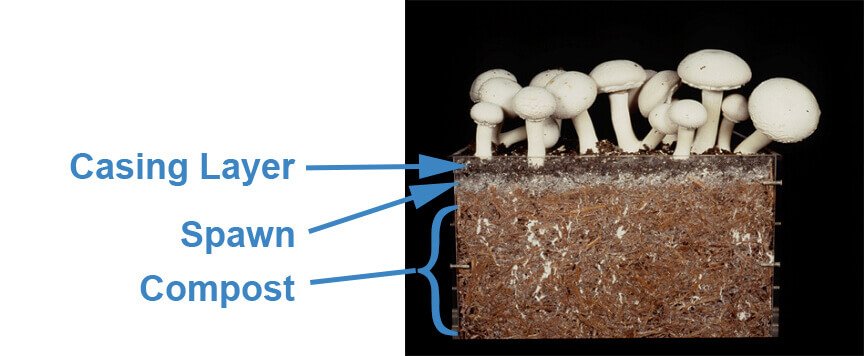
- Compost preparation
- Finishing the compost
- Spawning – It refers to the mycelium that are propagated on grains/agars and the process of sowing or mixing spawns in compost is called spawning. During this period, humidity should be high to avoid loss of moisture. gradually , they develop into a white cottony mycelium growth.
- Casing– In this step, the sterilized soil that contains cow manure is spread onto the spawn mixed compost.
- Pinning
- Cropping – It is done by plucking them from the soil in a gentle way and the heads are chopped with the help of a knife.
Therefore, mushrooms hydroponically grown comes into the way which is a sagacious choice for developing countries where food safety is a major concern. Mushrooms that are grown hydroponically have a distinctive appearance and are of superior quality.
Can Mushrooms be Grown Hydroponically: Soilless Approach
- One can grow mushrooms hydroponically in a feasible and easy way. This can be done because they do not require light to obtain nutrients in comparison to other plants, they don’t have chlorophyll too. Therefore, it is the biggest convenience of any hydroponically grown plant.
- Mushrooms can be grown hydroponically as fungi by using a nutrient-enriched growing medium.
- Some of the types that can be grown include oyster, shiitake, lion’s mane, button, cinnamon cap and nameko etc.
Approach to Hydroponics-
There are various set up types through which one can grow mushrooms hydroponically. Some of the options includes;
Nutrient Film Technique (NFT) –
In this method, a thin film of nutrient rich water flows over a sloppy tray over which the mushrooms grow. This ensures the continuous flow of nutrients for consistent growth. This method produces an ample amount of mushrooms in less time.
Deep Water Culture –
it is the easiest way to grow mushrooms hydroponically therefore refers to kind of “set it and forget it” method. In this, the mushrooms are suspended in net pots with their roots submerged in nutrient solution which encourages healthy growth.
Ebb and Flow (Flood and Drain) –
This method requires more space and equipment and can be adapted for a variety of mushrooms. This system works by periodically flooding a growing tray with nutrient enriched solution, which is then drained back into the reservoir again.
Cultivation Method for Mushroom Hydroponically | Can Mushrooms be Grown Hydroponically
Set up a hydroponics system-
For this, the set up should contain a tank filled with growing media and nutrients and air pump for aeration.
Selection of suitable mushrooms-
like oyster, shiitake, cinnamon cap, maitake and button mushrooms are the popular mushrooms to grow hydroponically etc.
A good growing media enriched with nutrients-
To grow properly, mushrooms require lipids, proteins, nitrogen, sugar and carbs which makes substrate selection, the most crucial step for a good harvest.
The best nutrient for hydroponically grown mushrooms is a mixture of unbleached flour in combination with perlite and vermiculite (1:1). Some substrates that are used in mushroom growing are- wheat straw, soy hulls, wood shavings and coco choir. Spores are injected into this growth medium that results into the formation of mycelium which will colonise the substrate.
Maintain temperature and light requirements-
It should be between 24℃ – 27℃ for germination purposes and humidity be maintained at 90%. The light requirements of 5-6 hours daily is necessary during mycelium growth period.
Keep a regular check on the growth of mushrooms and if you notice any change in colour, texture , correct contamination on time.
Harvesting-
Done by gently holding the caps with forefingers and lightly holding them off.Avoid pulling or tugging methods as it will affect the mycelium for future purposes.The mycelia threads and nutritional remnants should be removed necessarily from the stalk’s base.Keep the harvested mushrooms at a safe , clean place to prevent it from bruising or crushing.
Hydroponically Grown Mushrooms: Techniques
Can Mushrooms be Grown Hydroponically? One can grow mushrooms hydroponically with the following methods as follows-
By using a mushroom growing kit-
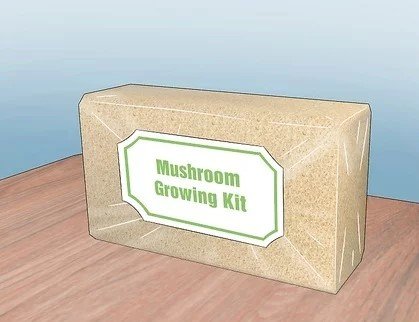
- These are generally the blocks of compressed sawdust that contain saturated mushroom seeds.
- Plunge that block completely into a container of cold water for several hours and allow the water to soak.
- Then place the container in a dark and cool place.
- Harvest the mushrooms in the next several days.
- Repeat the procedure after 1 week by reusing that block again.
Without a mushroom kit-
- It is also known as ” Populating a growing medium with spores”. This can be done with the help of mushroom spores that can be bought from local gardening stores and place small pieces of it on a petri plate. This is done to grow mycelium from it until it is strong enough to support mushroom reproductive cycle.
- It will take several weeks for a fungus to grow.
- Relocate this fungus to some tightly packed sterilised grain container of wheat or rye where it will take some weeks time to colonise.
- After a few days, mushrooms will grow on the grain and harvest them gently. The grains can be used again to grow mushrooms
Supremacy of Hydroponically Grown Mushroom Over Conventional Mushroom Farming-
Many commercial firms or companies are raising mushrooms hydroponically rather than through traditional methods because of the following reasons:
- This technique allows the maintenance of controlled conditions which results in formation of large amounts of fruiting bodies.
- High-quality, more flavourful, unique mushrooms are obtained.
- Contributes to scaling down of agriculture and forestry waste.
- Water use efficiency is greater in hydroponics mushrooms.
- Due to optimum environmental conditions, high yield of mushrooms can be obtained even in small areas, efficient use of space is taking place.
- The task of soil preparation and weeding is eliminated in the hydroponics system. In this way, it also reduces the chances of contamination of pests and diseases that can occur from the soil.
- The soil pollution with unused nutrients has been greatly reduced with the growing of mushrooms hydroponically.
- Free from herbicides and pesticides, therefore considered as an eco- friendly and sustainable method.
- This is also suitable and convenient for large scale production of mushrooms in a shorter time period.
- Can be grown all around the year regardless of external weather conditions.
Conclusion:
Mushrooms are considered as a versatile gift of mother nature. It would be of great surprise to anyone about growing mushrooms hydroponically because everyone is quite familiar with the cultivation of plants using this technique.
This procedure might seem difficult to carry out but once one becomes familiar with it, it would create double profit to one’s income in half time with superior quality mushrooms. It is considered as a future generation’s healthy food, therefore more intensive research on its cultivation is required because it holds a bright future in every aspect. So, now you have the answer of Can Mushrooms be Grown Hydroponically?
Do You Really Know About Hydroponics? Let’s Play a Quiz!
Think you know everything about hydroponics? It’s time to put your knowledge to the test! Play this interactive quiz and challenge yourself with questions about soil-less farming, nutrient solutions, and the amazing world of hydroponics.
Hydroponics Puzzle Quiz Game
Test your knowledge and reasoning in hydroponics with this fun and interactive quiz game!
Congratulations!
Latest Post
- Nutrients Required for Hydroponic Farming
- Types of Grow Light for Hydroponics
- Factors Affect Nutrient Solution in Hydroponics
- How to Maintain pH and EC in Hydroponics System
- How to Clean Hydroton Clay Pebbles For Reuse
- How to Clean Hydroton Clay Pebbles for Reuse
- Role of Grow Light in Hydroponics
- How to Grow Hydroponic Peppers (Bell Peppers Hydroponics)
- Aeroponics vs Hydroponics vs Aquaponics
- Difference between NFT and DFT Hydroponics : What’s best for you?
- Can You Grow Watermelon Hydroponically : Hydroponic Watermelon
- Best Vegetables for Hydroponics System
- How to Grow Hydroponic Kale : Step by Step GUIDE
- How to Prevent Root Rot in Hydroponics
- Can You Grow Blueberries Hydroponically?
Join Our Hydroponics Growers Group!
Connect with fellow hydroponics enthusiasts, share your ideas, ask questions, and grow together as a community.
👉 Join WhatsApp Group





